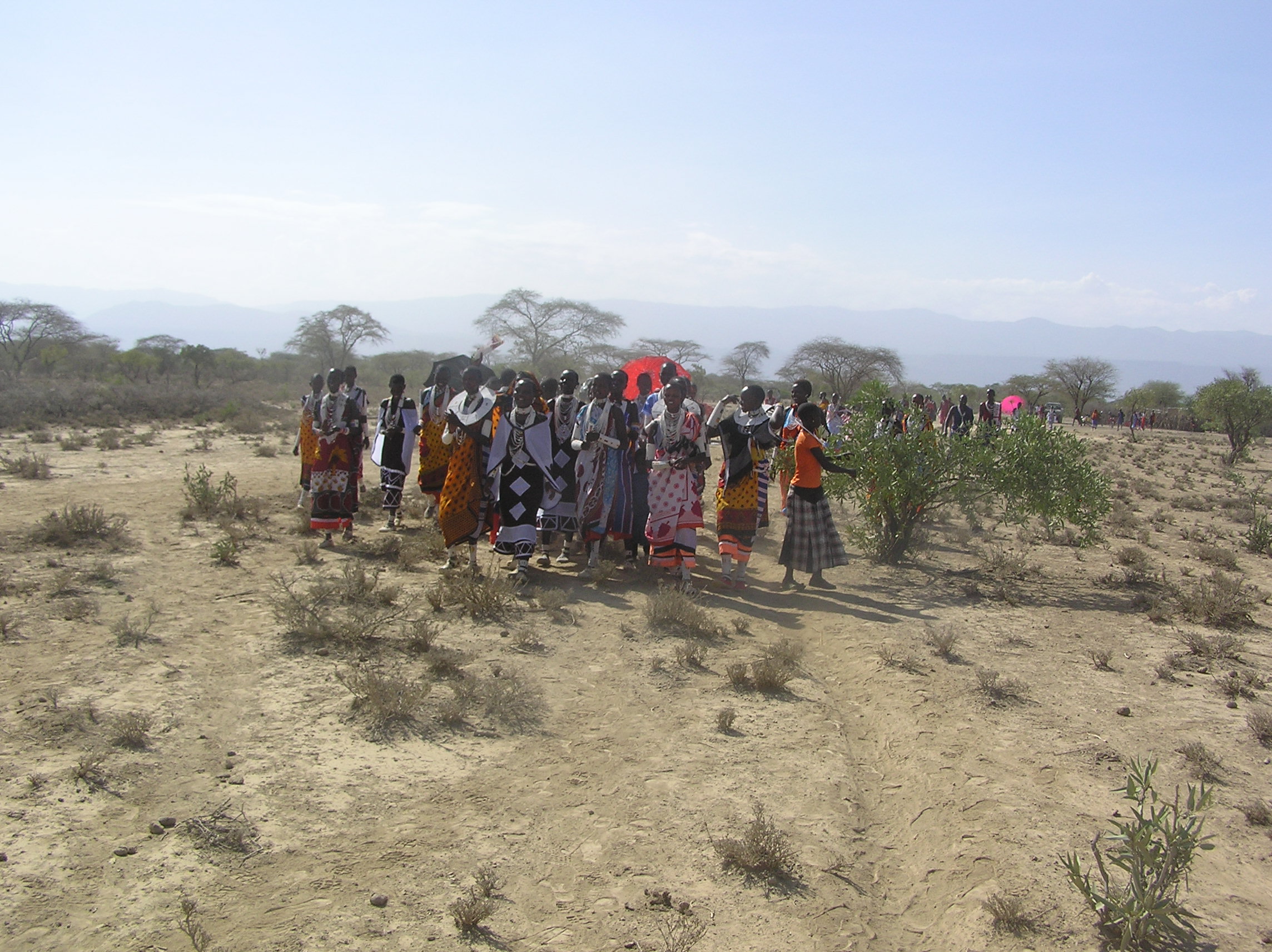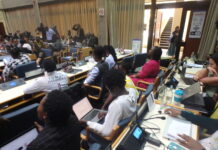By Lilian Museka
Early August this year, a Machakos woman is said to have been chopped off her hands and slashed on the head by her husband for allegedly being infertile.
Jackline Mwende had been married to her husband for seven years without a child, something that is said to have angered the husband.
However, in a twist of events, Jackline during an interview with some local dailies, she confessed that it was actually the husband who was infertile. She said tests done on them three years back had showed that she was able to conceive unlike her husband. This she claimed was the cause of their first rising problems in their marriage, until the attack happened.
So the question is who is to blame for infertility in a marriage? Is it a problem of the man, woman or the society? Do we have enough information about infertility?
Google defines infertility as the inability to conceive after 12 months of having unprotected sexual intercourse.
According to World Health Organization (WHO), one in every four couples in developing countries had been found to be affected by infertility. A study published by WHO in 2012, also shows that the overall burden of infertility is always high on women, despite men also suffering from the same course.
Primary infertility in women is a condition where a woman has not been able to conceive despite exposure to sexual intercourse. The 2014 Kenya Demographic Health Survey (KDHS) places this at less than 2%.
Secondary infertility is a condition where the woman has in the past conceived but she is not able to subsequently conceive given the right conditions.
“The above conditions differ from pregnancy wastage which is a condition where the women is able to conceive but unable to carry the pregnancy to full term and give birth,” says Margaret Olando, the Director, Gender and Reproductive Health Solutions (GARSH).
In male infertility, the man is unable to achieve a conception with a woman after 12 months of regular unprotected sexual exposure.
However infertility is always considered to be the female problem as culture dictates that a woman who is fertile must be able to give birth. In the absence of a child, the woman is perceived to be infertile.
“Society exerts pressure on a barren woman as her inability to conceive is considered as failure to live to her role of child bearing, which is seen as a breach of her marital obligations. A child is considered as an important of continuity and source of power and pride,” says Olando.
Most research on reproductive systems done, have only focused on women with array of diagnostic and treatment alternatives, thereby leaving out men. Example is the Morphology & Histology of the female reproductive system by Manning and Holthuis, 1984, which completely left out the male reproductive organ.
The Ministry of Health Report “Infertility in Kenya 2007” noted that male factors accounted for 20 percent in all cases of infertility while women accounted for 38 percent.
In her report titled Focus on Infertility in Kenya, Olando who is also a gender expert says that many risk factors of infertility for both male and female are the same. They include age, alcohol and tobacco use, and being overweight or underweight (eating disorders), among others.
She however distinguishes causes of male infertility as abnormal sperm production or function due to undescended testicles, genetic defects, health problems such as diabetes or infections like HIV, problems with delivery of sperms due to sexual problems, overexposure to certain environmental factors like pesticides and chemicals, frequent exposure to heat which can raise the core body temperature and affect sperm production and damages related to cancer treatment.
Among women, the causes would range from ovulation disorders which affect release of eggs from ovaries, uterine or cervical abnormalies including abnormalities in opening of the uterus, uterine fibroids which blocks fallopian tubes and fallopian tube damage or blockage which is normally caused by inflammation of fallopian tubes due to pelvic inflammatory diseases caused by a sexually transmitted disease.
Others include primary ovarian insufficiency (menopause- when ovaries stop working and menstruation ends before age 40, pelvic adhesions (bands of scar tissue that binds organs after pelvic infection or abnormal pelvic surgery, female reproductive cancer and its treatments and other medical conditions associated with delayed puberty or the absence of menstruation.
Infertility bears immense consequences on an infertile woman because of the social and mental pressure for being unable to bear children. Olando says many women go into denial, grief, anger and can even sink into depression, adding that social and economic exclusions may include an infertile woman being denied land inheritance from the husband or political representations.
For couples who may wish to seek for infertility treatment, the high cost treatments are out of reach for many, making it inaccessible. Religious leaders’ opinions on infertility has further complicated the treatment issues as some advocate for natural methods or adoption and call on the public to reject assisted reproductive technologies.
Olando calls for the need for research to be carried out on male infertility in Kenya, common causes of infertility with a view to recommending preventive and curative strategies conduct a study and assisted reproductive technologies and costing and how they can be rationalized for affordability.
She also calls for the need for impact assessment on cultural and traditional approaches in relation to infertility to help demystify the belief that infertility is a woman’s problem.
Noting that most reproductive health experts are concentrated in urban centres, the health expert recommends establishment of more reproductive departments in counties where both men and women can consult experts.
On adoption, Olando urges legal experts to look into ways of making adoption less bureaucratic. This she adds will alleviate anxiety and psychological effects which are synonymous with waiting for the child during adoption process.














